Meet the team

Igor Bray
Igor Bray is a world-leader in the field of atomic collision theory, an excellent science communicator and a big-picture thinker, a combination of skills that has made him a great advocate and prominent speaker for science and science policy at local, national and international levels.

Alisher Kadyrov
Alisher Kadyrov’s research delves into the interactions between atoms, molecules and subatomic particles, exploring the dynamics of scattering phenomena and the behaviour of few-body systems. His work has shed light on the mechanisms of nuclear astrophysical reactions and the formation of elements during the early stages of the universe.

Dmitry Fursa
Dmitry Fursa works in the field of computational modelling of quantum reaction processes and has worked at Curtin University since 2007, where he conducts an active research program, teaches several undergraduate units, and supervises undergraduate and PhD students.

Craig Buckley
Craig Buckley is a John Curtin Distinguished Professor in Physics and Astronomy and is a Fellow of the Australian Institute of Physics. He has published over 200 scientific papers in peer reviewed journals, which have attracted over 11832 citations.

Mark Packevicius
Mark Paskevicius is a Professor in materials science. His research is focussed on the storage of renewable energy. He is dedicated to developing new materials for solid-state hydrogen storage to store energy for automotive, stationary and export applications. He is also leading research into new solid-state ion conductors for battery applications, focussing on boron-rich materials.

Terry Humphries
Terry Humphries is a Senior Researcher in materials science. He has been researching hydrogen and hydrogen storage materials for over 17 years. Terry has developed several hydrogen storage materials and along with the Hydrogen Storage Research Group has developed these for commercial applications including thermal batteries and solid-state hydrogen storage materials.
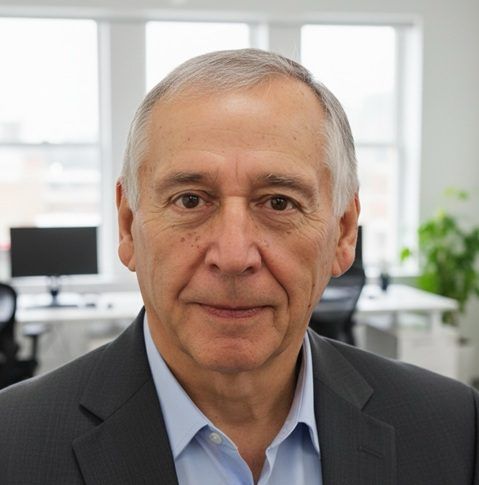
Charlie Ironside
Charlie Ironside has over 30 years experience in semiconductor optoelectronics research and in particular microfabrication of semiconductor photonic components such as laser diodes for optical communications systems, optical sensing and optical metrology systems.

Nigel Marks
Nigel Marks is a material scientist with a long standing interest in atomistic computer simulation. His other research interests include self-assembly in carbon, radiation damage in solids, semiconductor nanostructures and chemical effects due to beta-decay.
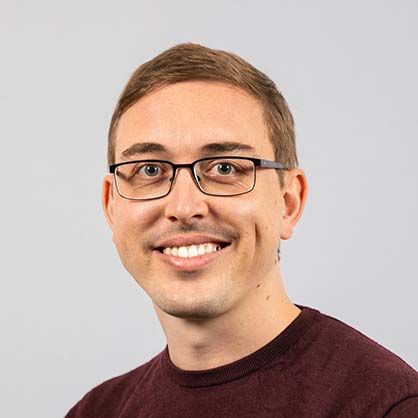
Jacob Martin
Jacob Martin is a lecturer in physics and astronomy and materials scientist with a focus on carbon nanomaterials for green technology as well as applied physics and sensing.

James Miller-Jones
James is an expert in jets and accretion physics, working on jet launching around accreting stellar-mass compact objects, both in Galactic X-ray binaries and in ultraluminous X-ray sources in nearby galaxies.
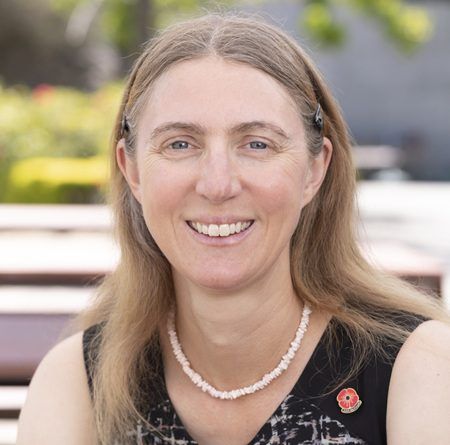
Cathryn Trott
Cathryn is a Professor at the Curtin Institute of Radio Astronomy. She leads the Epoch of Reionisation project within ICRAR, and am heavily involved in the design and data processing for the Murchison Widefield Array (MWA) and future Square Kilometre Array (SKA) EoR projects.

Natasha Hurley-Walker
Natasha works at the Curtin University node of the International Centre for Radio Astronomy Research, and helped to commission the low-frequency SKA precursor radio telescope, the Murchison Widefield Array (MWA), located in outback Western Australia. She specialises in developing new pipelines and algorithms for radio astronomy data processing, and searching the data for new discoveries.
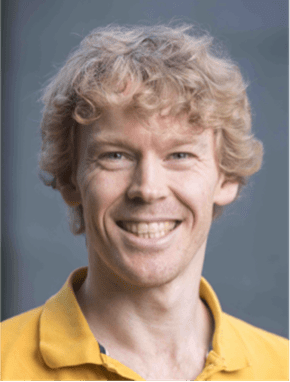
Clancy James
Clancy is an associate professor in physics and astronomgy and works at the interface between transient radio astronomy and astroparticle physics. His research interests include cosmic rays, neutrinos, and fast radio transients.
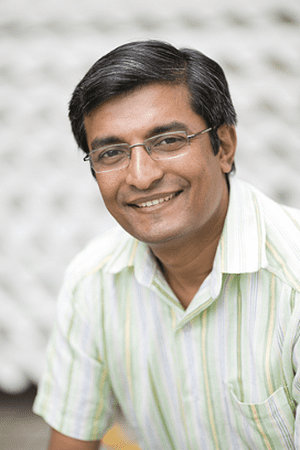
Ramesh Bhat
Ramesh Bhat is a senior research fellow at the International Centre for Radio Astronomy Research (ICRAR), Curtin University. His work focuses on pulsars and fast radio transients, combining high time-resolution observations with instruments such as the MWA, Parkes, and GMRT to study the dynamic radio sky.
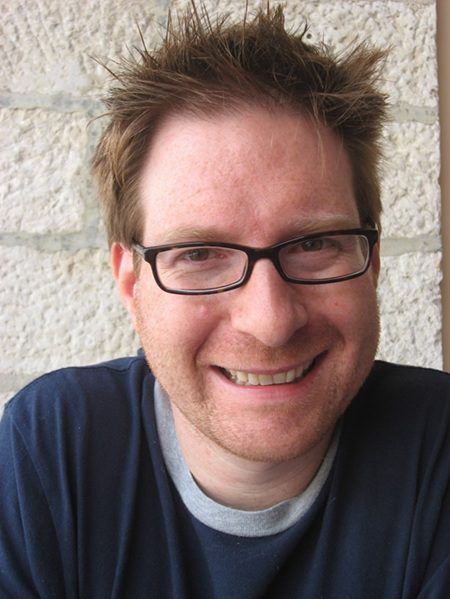
Nick Seymour
Nick Seymour is senior lecturer at Curtin Institute of Radio Astronomy (CIRA) working on MWA, ASKAP and planning for the SKA. He is currently leading the High-z Radio Galaxy Group (2021 to present).
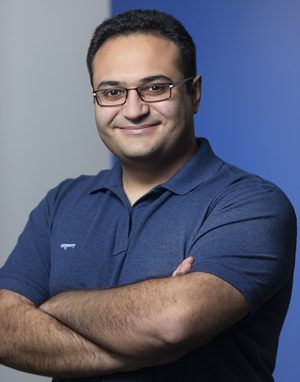
Arash Bahramian
Arash is a senior lecturer at Curtin Institute of Radio Astronomy focused on understanding the population and behavior of stellar-mass black holes and neutron stars.
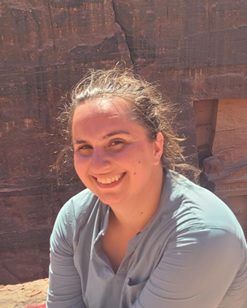
Kristen Dage
Kristen is an astrophysicist at Curtin Institute of Radio Astronomy in Perth, Western Australia. She uses multiwavelength observations to find and understand the compact remnants of exploded stars, particularly black holes and neutron stars, which might be found in dense clusters of stars.
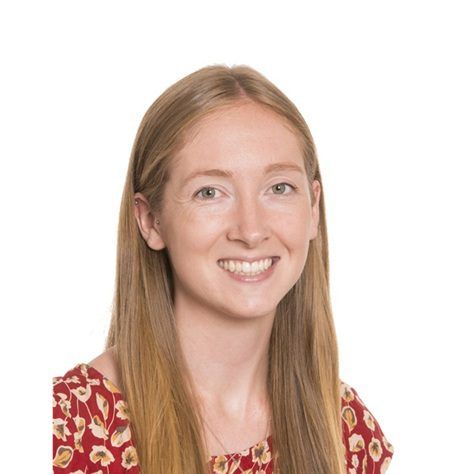
Adelle Goodwin
Adelle is a lecturer working at ICRAR-Curtin. She researches accreting black holes and neutron stars from both an observational and theoretical perspective.
Brendan Mcgann
Brendan McGann is a lecturer and course coordinator in physics and astronomy with a focus on undergradate teaching and the applied physics specialisation.
Jennifer Wang
Jennifer is the Senior Technical Officer overseeing the physics laboratories.
Carl Lares
Carl is a Technical Officer overseeing the physics laboratories.